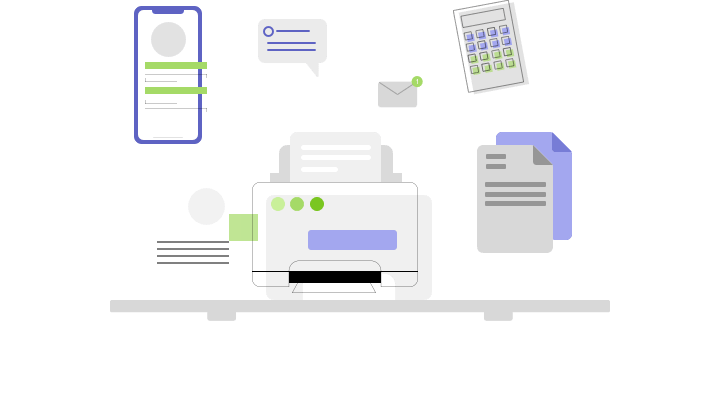
There are many benefits of using spend analysis as part of Catch Up Bookkeeping a company’s analytics strategy. Spend analysis helps organizations understand their cost structure – the key to managing and growing a business. Companies can perform spend analysis best with automated software spend analysis tools. Part of spend analysis is grouping expenditures into direct and indirect spend categories.
What We Learnt from Analysing $300M in Card Spend: Fyle’s RTF Report
As a spend analysis example, a multi-entity manufacturing company places inventory parts orders with vendors from different business units of a Fortune 500 company. In its spend analysis review, suppliers are grouped by their parent company and spending categories. These raw inventory purchases are considered direct spend by the manufacturer preparing a comprehensive spend analysis. Detailed spend analysis and review of spend data by product, vendors, and expenditure category is essential for procurement spend management. The company gathers spending data from all sources, edits and enriches it, and stores the clean data in a database. The spend analysis process classifies all purchases and categorises suppliers by automated spend analysis their parent company.

Analyze Spending Patterns
This can take some time to remedy, which means the spend analysis may need to be placed on a temporary hold. Speed analysis can help firms follow incremental savings strategies, meet cost reduction goals, and strengthen supplier relationships. An Enterprise Resource normal balance Planning (ERP) System enables integrated management of critical business functions through technology and software. Forecasts financial trends to aid in planning, identifying opportunities for cost reduction and strategic investments. It evaluates spend data alongside market trends, supplier performance, and currency fluctuations to uncover patterns and correlations that might otherwise remain unnoticed. By understanding expenditure trends, businesses can make prompt decisions, negotiate more effectively, and align strategic sourcing with overarching corporate objectives.
- Given that there is an increase in sustainability concerns from both producers and consumers, this might be very crucial for certain organizations.
- You can also drill down to assess purchase price developments at the lowest category level.
- Overall, you can easily avoid the mistake of not collecting and updating all relevant data for spend analysis if you implement the right tools and establish clear data management protocols.
- Automating the spend analysis process can help overcome some of the above mentioned challenges.
- The resulting insights helped company leaders model the liquidity and P&L effects of a range of recovery scenarios, revealing areas of focus for achieving the highest possible impact.
- When data from one or more of these data sources is outdated or missing, companies can lose visibility into their true spend profile.
Best practices for spend data visualization
Supplier performance is a multifaceted KPI that encompasses on-time delivery rates, order accuracy, and average quality. Comparing these metrics against internal benchmarks can help you identify laggards that may need to be swapped out, as well as high-performers that should be prioritized when it’s time to renew the contract. They equip leaders with data-driven insights that can help them make better decisions across the board. This level of automation represents a fundamental shift toward truly strategic procurement operations.


Automation of expenditure analysis is a game-changer for firms looking to improve procurement and finances. Cost visibility, expenditure forecasts, and supplier performance help organisations make better decisions, cut expenses, and streamline processes. Advanced analytics and AI help organisations control spend and stay competitive. Businesses seeking financial management and growth must use automated expenditure analysis solutions as procurement difficulties increase. Controlling expenses and optimising procurement procedures are essential for growth and profitability in a complicated corporate environment. Organisations seeking to improve financial supervision and procurement efficiency might benefit from automated expenditure analysis.
- While not specifically designed for the job, its familiarity and basic data manipulation capabilities make it a starting point for most organizations.
- Procurement and Spend Analytics rely on aggregating data from disparate sources, including invoices, purchase orders, contracts, ERP systems, and supplier databases.
- You may also identify spend leakage issues, such as purchasing from non-preferred vendors and maverick spend.
- For example, in a recent spend analysis use case or case study, a manufacturing company in the UK acquired three new smaller business to add to its portfolio.
- These platforms are designed to handle the complexities of large-scale procurement environments, processing massive amounts of spend data from multiple sources without performance decrease.
